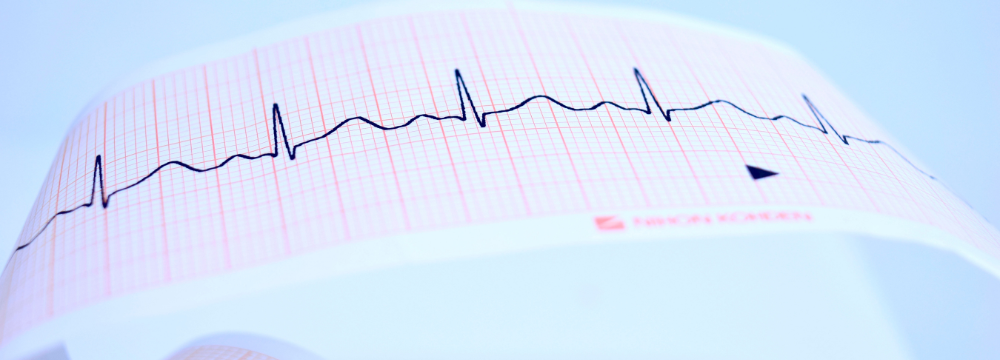Silent Afib – A Non-Issue or Something to Be Concerned About?

When we discuss arrhythmias, and in particular, the most common arrhythmia, atrial fibrillation (Afib), we usually think about it in the context of significant and sometimes debilitating symptoms that can include a rapid heartbeat, the sensation of the heart beating out of the chest, sweating, fainting, nausea, and breathlessness. These are all hallmark symptoms of this most prevalent heart rhythm disorder. Typically, patients are well aware of these heart rhythm irregularities and seek care from their primary care physician or cardiologist. Some even end up in the emergency room, thinking they have experienced a heart attack. Often, if these paroxysmal or occasional Afib episodes remain untreated, it’s because when they visit their non-arrhythmia specialist, they are hooked up to an EKG, which cannot diagnose an arrhythmia unless they are in active Afib.
However, some patients are diagnosed with an asymptomatic form of Afib known as silent atrial fibrillation. Patients may not have a rapid heartbeat and don’t feel any symptoms. Typically, they are diagnosed with silent Afib during a routine visit to their primary care physician, including an EKG, or it is found incidentally, secondary to another diagnostic test for a different concern or condition.
If There Are No Symptoms, Is Silent Afib a Problem?
The short answer is that yes, absolutely, silent Afib is a concern and needs to be treated as if it were symptomatic. This is because, in the end, while the patient may not be experiencing outward symptoms, the damage is being done to the heart, and the cardiovascular risk of Afib remains. In other words, the patient is at five times increased risk of stroke and heart attack and the significantly increased risk of long-term heart failure is still present.
How Do We Treat Silent Afib?
The first step in treating silent Afib is finding out precisely what is happening. Most patients will require diagnostic testing like a Holter monitor, event monitor, or loop recorder. These give your electrophysiologist longer-term data on how the heart is functioning. For some patients, silent Afib can be well-controlled with antiarrhythmic and anticoagulant medication, which is their first line of treatment. However, for the 50+ percent of patients who do not react well to medication, we have the option of procedural intervention, including radiofrequency ablation, using heat to destroy problematic heart tissue or cryoablation that does the same using cold therapy. No matter what treatment is ultimately decided upon, patients who treat their silent Afib early typically have better outcomes, and we are more able to control or arrest any progression.
Outcomes When Treating Silent Afib
The outcomes of treating silent Afib are similar to those when treating symptomatic conditions. When caught early, in its paroxysmal stage, treatment with a procedural option like RF ablation or cryoablation is often very successful. If well tolerated, patients with a high stroke risk will be offered anticoagulant medication. If the patient cannot continue this medication or has severe side effects, a procedural option such as the Watchman device or Amulet, known as left atrial appendage occlusion procedures, can be employed to seal blood clots off from the cardiovascular system permanently.
The next step involves setting up an appointment with a qualified electrophysiologist like Dr. Moretta to receive prompt and appropriate treatment.